What did the Russians grow in the garden before the appearance of potatoes
By Pictolic https://pictolic.com/article/what-did-the-russians-grow-in-the-garden-before-the-appearance-of-potatoes.htmlIndeed, everyone is used to a certain set of gardeners: potatoes, tomatoes, strawberries, onions, peppers and all sorts of greens. Russian Russian gardeners, however, have nothing to do with traditional Russian gardening, but almost everything that grows in the beds of a modern Russian gardener has nothing to do with traditional Russian gardening.
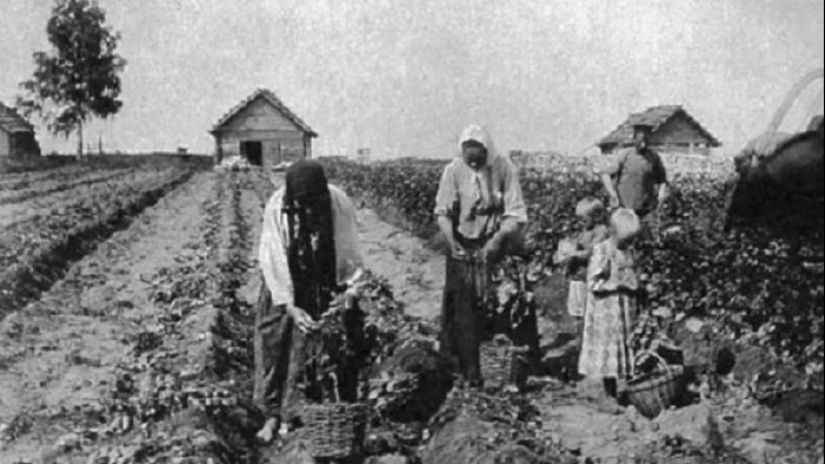
Potatoes? Back in the mid-19th century, it occupied only 1.5% of the country's agricultural land. Especially orthodox peasants believed that the potato is the body of an evil underground inhabitant, whose head and limbs are invisible to the Orthodox.
Tomatoes? They also appeared in Europe on beds and tables only by the end of the 19th century. Carrots? Yes, it was actively eaten in Russia, but not at all the Dutch bright orange variety that is common now. We restore historical justice and tell you about what should grow in the right Russian garden.
Unquestionable number one. Russian Russian (and not only Russian — the same role of the "second bread" before the appearance of potatoes, it played, for example, in Central Asia) vegetable, experienced gardeners managed to collect two crops in the summer.

In early spring, white turnips were sown — more ripe, but not so well stored and not so sweet. Having removed it in the middle of summer, we sowed the more familiar yellow turnip, which was kept in the ground until frost. It is perfectly stored in the cellar until Christmas.
Our ancestors grew many varieties of onions - first green onions and leeks, then onions, shallots and batun. All these varieties are known even now, but the cubed onion is forgotten.
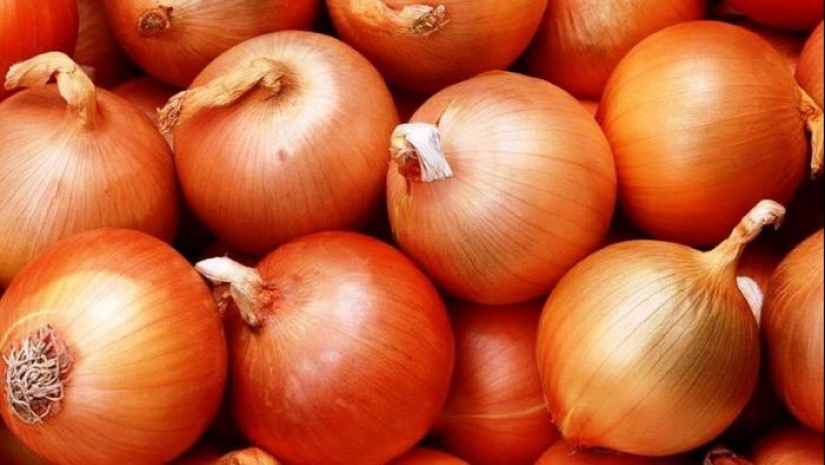
Bred by Rostov gardeners from the usual turnip, it is devoid of sharpness and can be used as an ordinary vegetable.
A hybrid of turnip and cabbage. The taste is similar to the first, but much more nutritious and unpretentious than turnips, so it was especially actively grown in the northern and north-western regions of the Russian Empire.
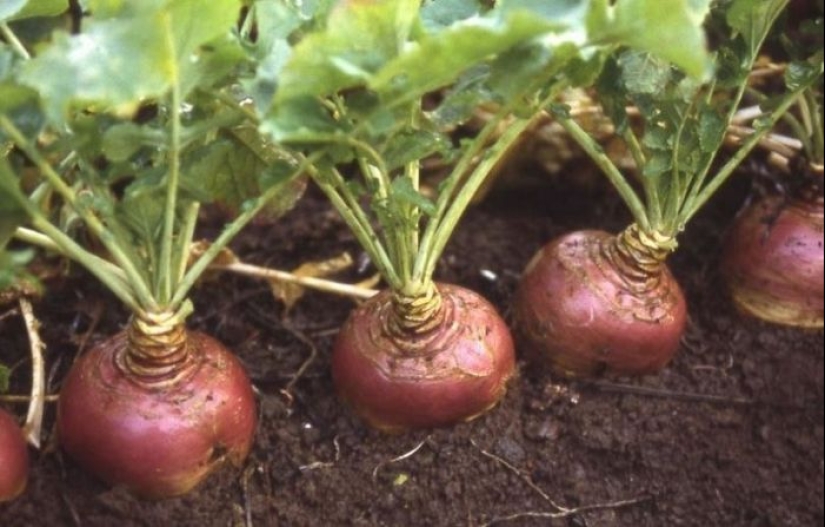
No less actively in Russian vegetable gardens grew parsley root, parsnips, beets, radishes and radishes (all this is still there, but they forget about rutabaga) - root crops are well stored, and this is extremely important in long and cold winters.
The familiar cabbage was grown only by well — to-do farmers-after all, it took up much more space in the beds than the leafy or gray cabbage, which grew in a continuous leaf cover.

Not as sweet and juicy as the cabbage, this cabbage was entirely used for making crumbs. For him, the cabbage was finely chopped, placed with coarse salt in barrels, the bottom of which was sprinkled with rye flour. All winter, cabbage soup, called serf soup, was cooked from kroshev.

The young greens of these flowers with a philosophical and automotive name were grown for salads, fillings for botvigny, tyuri and other summer dishes with greens.
It is unpretentious, undemanding, grows literally like a weed — but from its stems they prepared excellent jelly and fruit drinks, jam and filling for sweet pies.
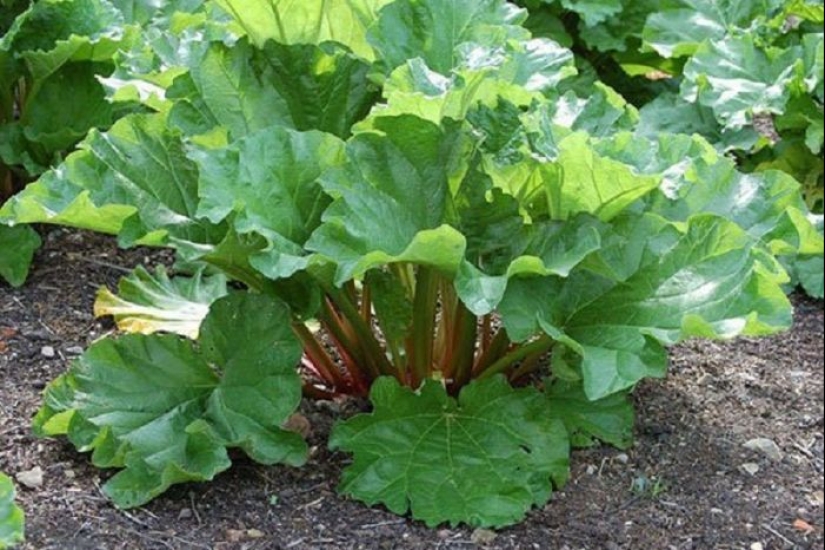
Look carefully — perhaps among the burdocks and dandelions in your dacha, rhubarb also grows.
The main oilseed crop in central Russia, now banned due to its unnatural use overseas.
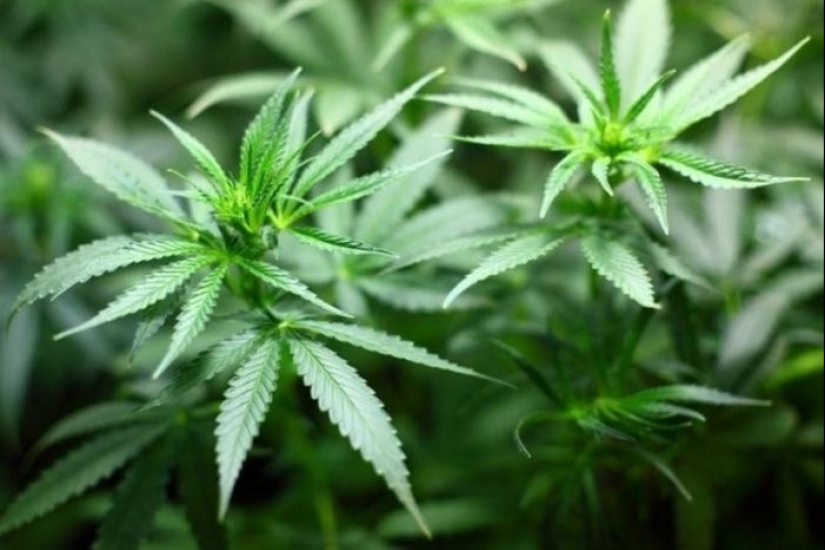
Hemp oil was seasoned with porridge and jelly, fried on it, with it they ate greens or just fresh rye bread.
Spicy greens that taste like mustard and horseradish at the same time. Leaf mustard was added to okroshki and botvinya and eaten like this, with other greens.
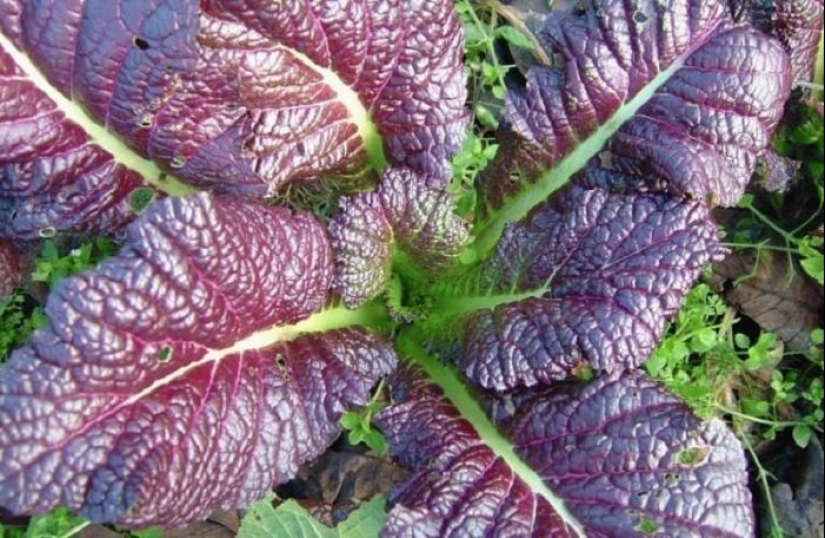
The well-known grain mustard appeared in Russia only at the end of the 18th century, when wild mustard was grafted with cuttings of German mustard. The Germans, in fact, did it.
Aka oatmeal root. To oats, however, has nothing to do — it is a relative of ordinary garden asters.
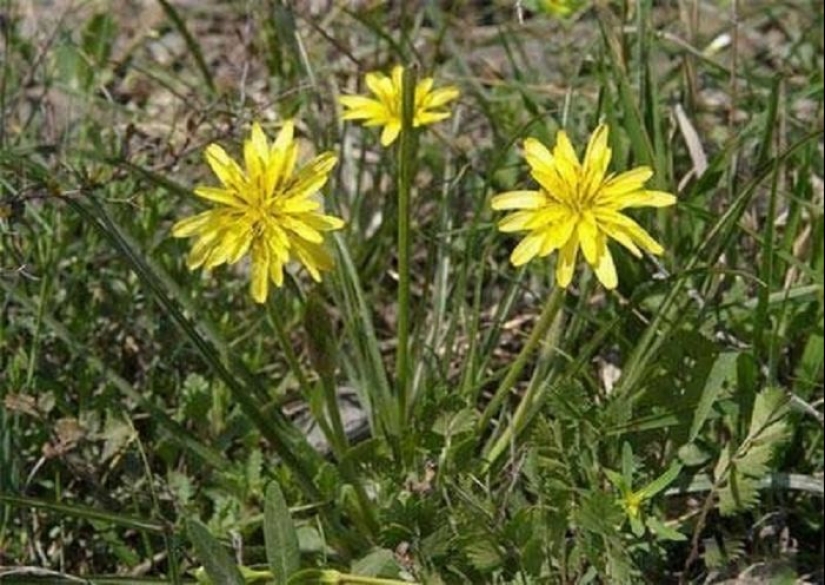
Long white, with a slight fishy taste, the roots of the plant were collected by the peasants in the fall, cooked, stewed and fried, like other numerous root crops.
Keywords: Russian Federation | History | World | Vegetable garden | Selection | Potatoes | Russian
Post News ArticleRecent articles

Although digital photography and photo processing technologies have greatly advanced the boundaries of image manipulation, photo ...

This is very questionable from an ethical point of view, but no less popular event was held annually as part of the fair in ...
Related articles

Remember how broke the "unbreakable" scoop? The photo preserved in the photo album of almost every family! A selection of vintage ...

General Dmitry Karbyshev — one of the Soviet commanders who performed his duty to the end. This man was captured in the battle, ...

Our beautiful and diverse world will surprise even the most inveterate skeptic! We publish a selection of irrefutable photoproofs ...

Sometimes people commit such monstrous acts that they become an inspiration for horror filmmakers. Thus, the master of the genre ...